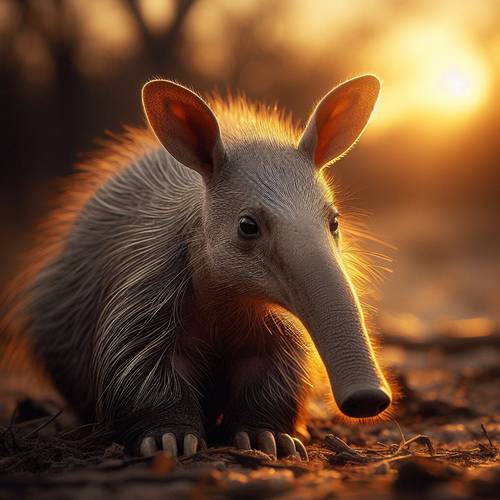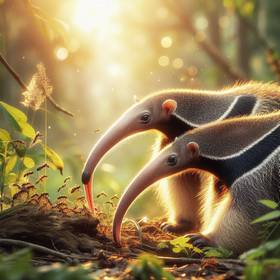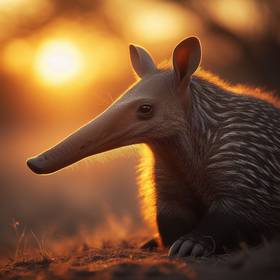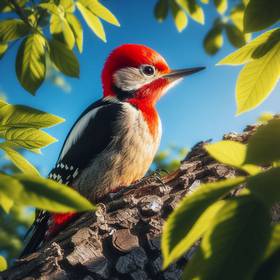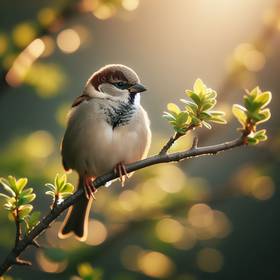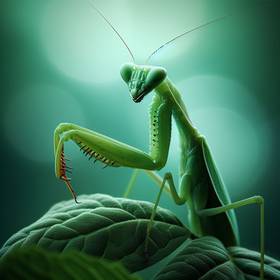Ants play a crucial role in the diets of various animals across ecosystems worldwide. Their small size and abundance make them a convenient and nutritious food source for numerous species. From insect predators like ants-eating beetles and praying mantises to larger animals such as anteaters and birds like woodpeckers, many creatures rely on ants as a significant part of their diet.
Ants provide essential nutrients like proteins and fats, contributing to the overall health and survival of these predators. Understanding the intricate relationship between ants and their predators sheds light on the complex web of interactions that sustain ecological balance in diverse habitats.
Ants provide essential nutrients like proteins and fats, contributing to the overall health and survival of these predators. Understanding the intricate relationship between ants and their predators sheds light on the complex web of interactions that sustain ecological balance in diverse habitats.

